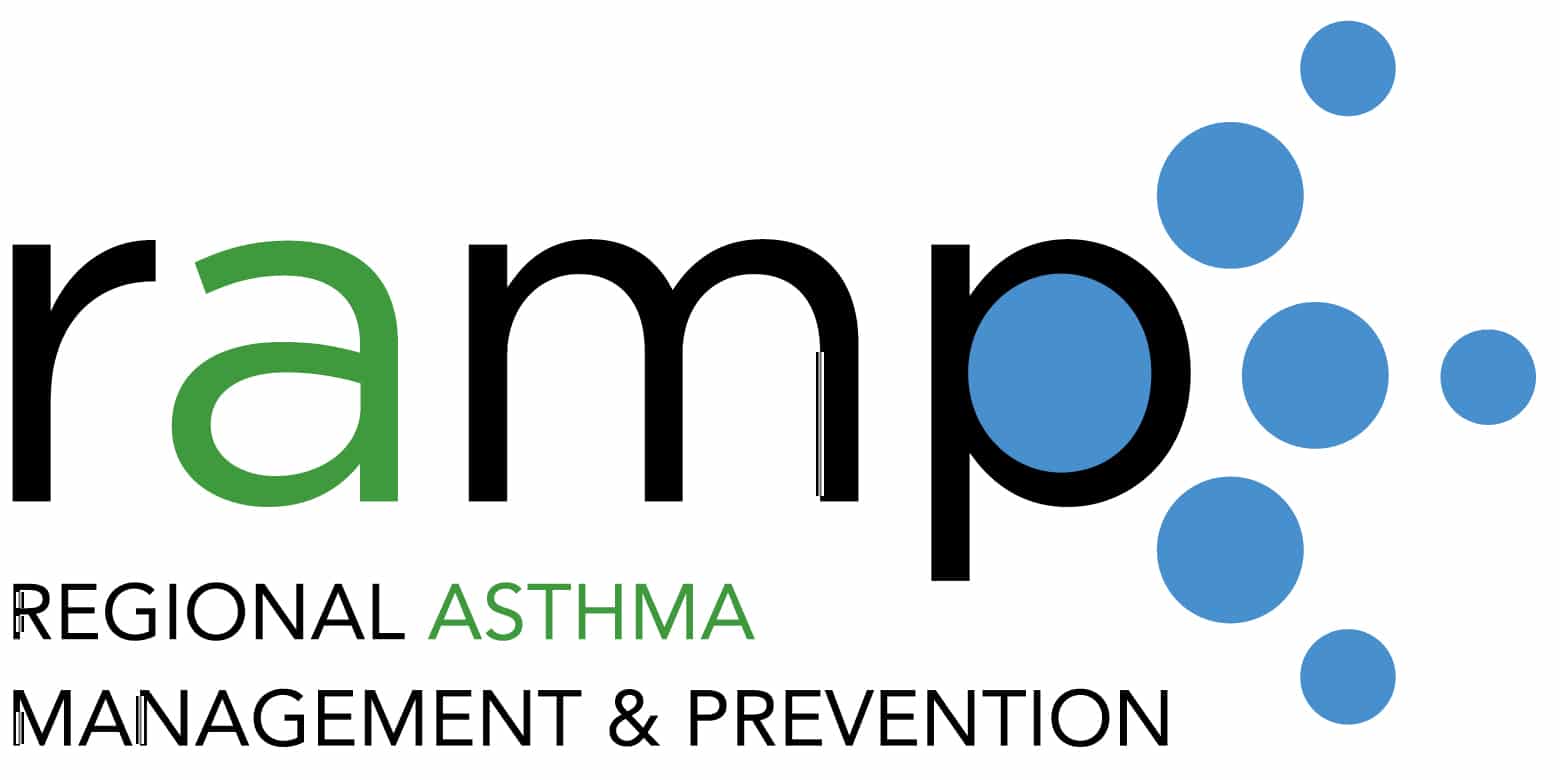During the pandemic, hospitalizations and deaths from COVID-19 have been disproportionately high for low-income communities and communities of color.
Low-income communities and communities of color have higher rates of preexisting health conditions, some of which put people at higher risk for poor COVID-19 outcomes. As with asthma and most public health issues, inequitable social and environmental conditions are likely driving these disparate outcomes — including air pollution. For example, a study from Harvard University shows a slight increase in particulate matter (PM2.5) is associated with a 8% increase in deaths due to COVID-19. Another study in the journal Science in the Total Environment found an association between higher levels of nitrogen dioxide and increased deaths due to COVID-19. Yet another study showed an association between an increase in PM2.5 and COVID-19 cases and hospital admissions. Still another study showed an association between increased hazardous air pollutants and COVID-19 morality. Additionally, this study showed that when compared to those living in neighborhoods with the lowest PM2.5 exposure, researchers found that individuals living in neighborhoods with the highest long-term PM2.5 exposure were at 20% higher risk of SARS-CoV-2 infections, at 51% higher risk of COVID-19 mortality, and more likely to be Hispanic and from low-income communities. An abundance of research has shown that air pollution is often higher in low-income communities and communities of color.

